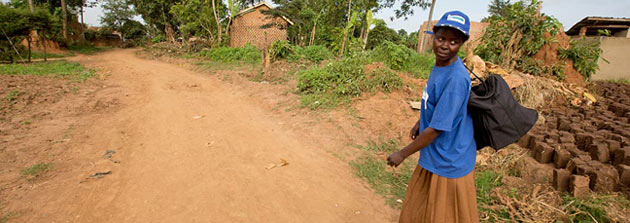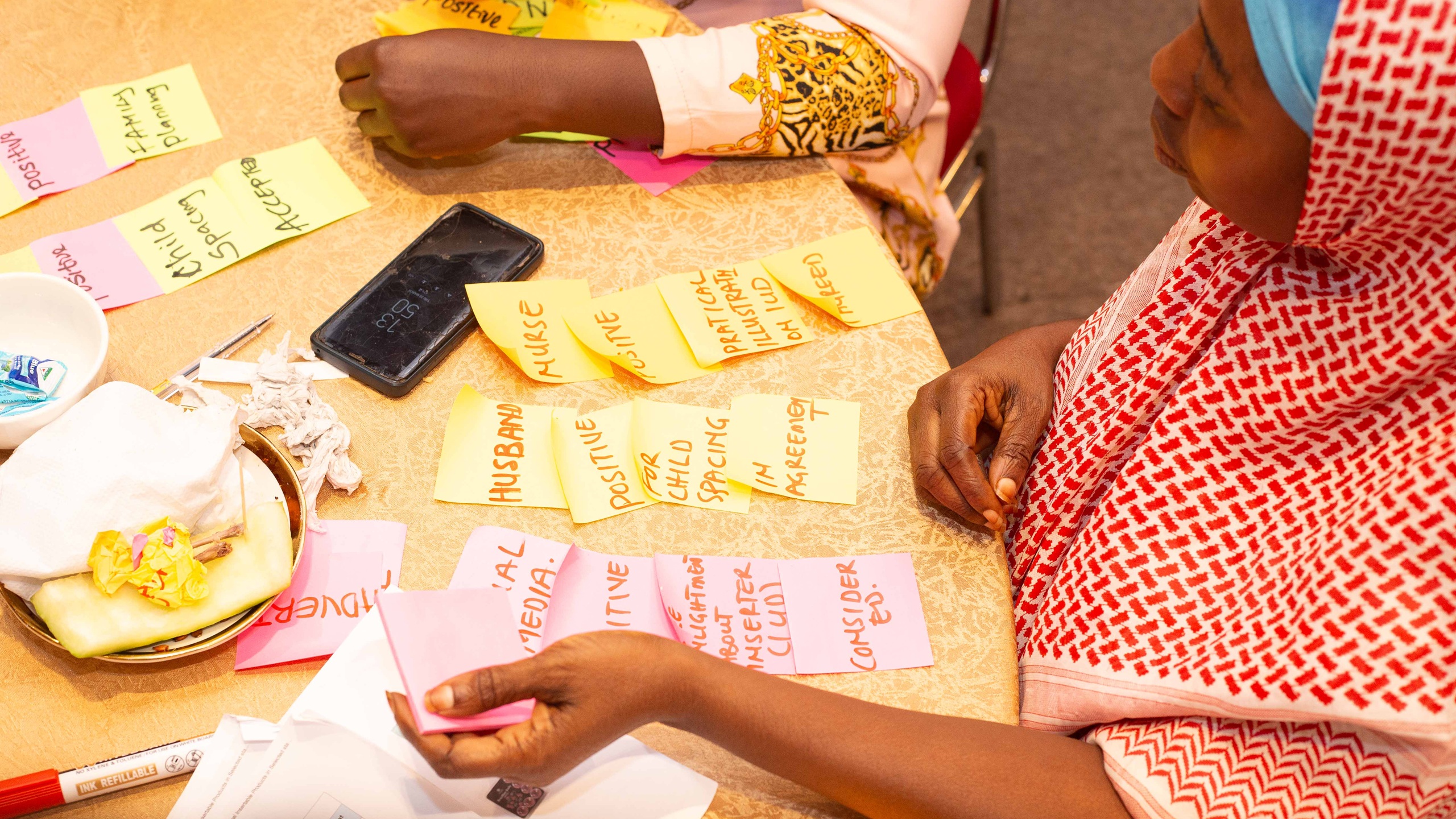“Reaching the doorsteps of the poor” with Living Goods

To appreciate companies like Living Goods, you have to transport yourself to a world without Walmart, UPS, or a local Walgreens pharmacy. Imagine if in order to purchase an item as simple as soap, you had to spend more money on transport than the cost of the product alone, not to mention the time spent away from productive work. As Chuck Slaughter points out in a recent article in The Economist, “Distribution is often the missing link between design and impact.”
We couldn’t agree more. One of the most common hurdles social entrepreneurs with exciting product ideas face is the lack of formal distribution channels in rural markets. The prospect of creating your own channels, especially without a proven market, is daunting if not impossible.
Since starting in 2007, Living Goods has tackled this challenge in Uganda by training local sales agents to deliver life-changing products such as anti-malaria treatments, fortified foods, solar lamps, clean burning cook stoves, and sanitary pads. The analogy they use is “Avon ladies”, where CEO Chuck Slaughter worked for a few years in order to understand the franchise model.
“Nothing about what we do is a handout,” says Chuck in a recent interview. “It’s really about empowerment. It’s about giving people the tools they need to improve on their own.”
With more than 1,000 profitable agents in Uganda, Living Goods will expand its service to Kenya this year. The opportunity is huge. And with a growing customer base, Living Goods is now in a position to build on their brand through their own product line. In 2012 they began discussions with a few major packaged goods companies about manufacturing fortified foods for infants to combat malnutrition. But big business moves slowly. And Living Goods is eager to address this critical human need and fill this gap in the market. Enter Catapult Design.
Catapult and Living Goods have teamed up to develop a new nutritional product for distribution in Uganda and Kenya. Leveraging expertise from entities such as GAIN and Technoserve, Catapult will work with the Ugandan sales agents, Living Goods customers, and East African manufacturers to prototype a packaged food at a price point appropriate for rural households.
The end goal? Living Goods’ ultimate goal: to show that companies can deliver profits and positive human impact. “A sustainable distribution platform that can meet the needs of the poor — that’s the holy grail,” say Chuck to The New York Times.
Stay tuned for progress on the partnership with Living Goods.


